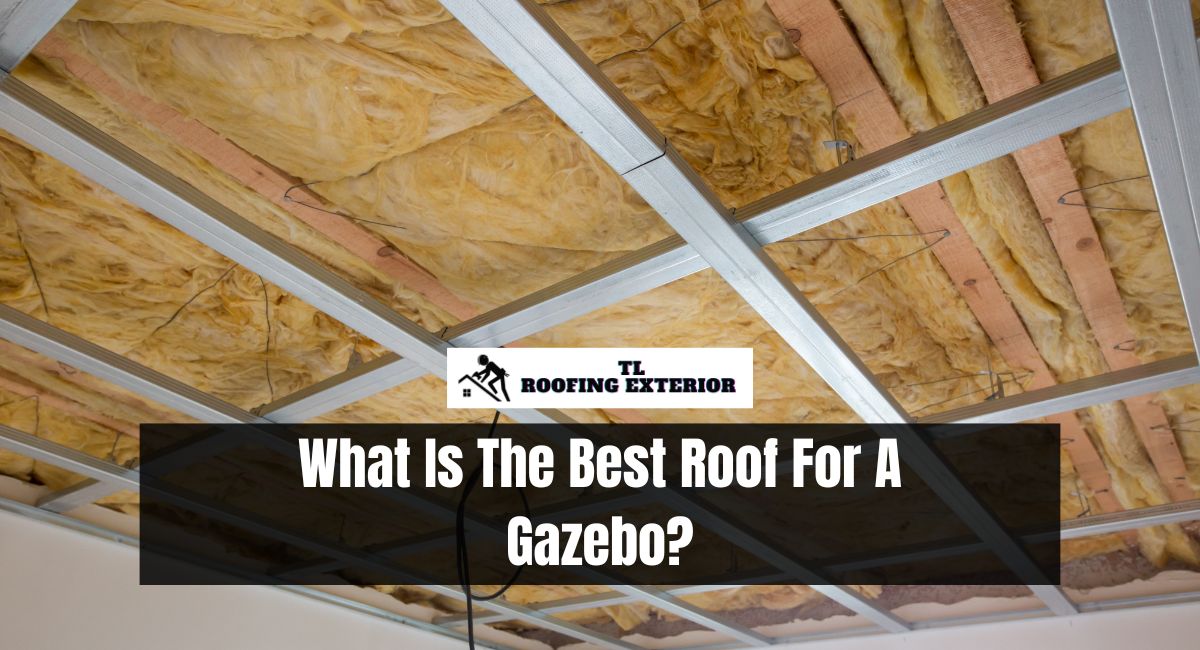Metal structures are gaining popularity due to their durability, adaptability, and simplicity of construction. However, insulation is one of the challenges they present. Insulation is essential for maintaining a comfortable interior temperature, reducing energy costs, and preventing condensation, which can result in oxidation and corrosion. So, what is the best insulation for a metal building?
Choosing the best insulation for a metal building can be challenging due to the availability of numerous insulation options, such as traditional fiberglass batts, modern foam boards, and reflective barriers.
This article will examine the advantages and cons of the various types of insulation suitable for metal structures so that you can make an informed decision.
What Is The Best Insulation For A Metal Building?
The best insulation for a metal building depends on various factors, including the building’s use, your climate, and your budget. Here are some commonly used types of insulation for metal buildings, along with their pros and cons:
1. Fiberglass Insulation
Pros:
- Affordable: Generally the least expensive option.
- Easy to Install: Comes in rolls or batts that can be easily fitted between metal framing.
- Non-Flammable: Made from glass fibers, it is naturally non-flammable.
Cons:
- Moisture Absorption: Can absorb moisture, leading to mold and mildew.
- Settling Over Time: This may settle over time, reducing its R-value (thermal resistance).
Best For: Budget-conscious projects where moisture is not a significant concern.
2. Rigid Foam Insulation
Pros:
- High R-Value: Offers a high R-value per inch of thickness.
- Moisture Resistance: Resistant to moisture and mold.
- Versatility: Can be used on walls, roofs, and floors.
Cons:
- Cost: More expensive than fiberglass insulation.
- Flammability: Some types can be flammable and may require a fire-resistant covering.
Best For: Projects that require a high R-value and moisture resistance.
3. Reflective or Radiant Barrier Insulation
Pros:
- Reflects Heat: Effective at reflecting radiant heat, making it ideal for hot climates.
- Lightweight: Very light and easy to install.
- Does Not Absorb Moisture: Resistant to mold and mildew.
Cons:
- Limited Insulating Properties: Not as effective in cold climates.
- Cost: It can be more expensive than traditional insulation materials.
Best For: Buildings in hot climates where cooling costs are a primary concern.
4. Spray Foam Insulation
Pros:
- High R-Value: Provides a high R-value and excellent thermal performance.
- Air Sealing: Expands to fill gaps, providing excellent air sealing.
- Moisture Resistance: Closed-cell spray foam is resistant to moisture.
Cons:
- Cost: Generally the most expensive option.
- Professional Installation: Requires professional installation, which adds to the cost.
- Flammability: This may require a fire-resistant coating.
Best For: Projects where budget is less of a concern and where high R-value and air sealing are priorities.
5. Loose-Fill or Blown-In Insulation
Pros:
- Fills Gaps: Good for insulating irregular spaces or areas that are hard to reach.
- Variable Depths: These can be installed to various depths to achieve the desired R-value.
Cons:
- Settling: This can settle over time, reducing its effectiveness.
- Professional Installation: Generally requires professional installation.
Best For: Retrofit projects and areas with irregular or hard-to-reach spaces.
Considerations
- Climate: Climate plays a major role in determining the efficacy of insulation. What is most effective in a hot climate may be ineffective in a frigid climate.
- Building Use: The building’s function (e.g., workshop, living space, storage) will determine the most suitable form of insulation.
- Local Building Codes: Always examine local building codes for insulation requirements, particularly those pertaining to fire resistance.
- Cost: Consider both the initial investment and the long-term savings when selecting insulation.
- Environmental Impact: Some insulation materials are more environmentally favorable than others, which may be a factor for some individuals.
What Is The Best Insulation For Metal Building Walls?
The optimal insulation for metal building walls is frequently determined by the structure’s function, climate, and budget. Nevertheless, closed-cell spray foam is widely regarded as effective for metal structures, as it provides high R-values, moisture resistance, and air closure in a single application.
Although fiberglass batts are more cost-effective, they may require a vapor barrier. Additionally, rigid foam boards are utilized due to their high insulating value and resistance to moisture.
In humid climates, reflective or radiant barrier insulation can be effective. Always consult with professionals to determine the best insulation for your specific requirements.
Conclusion
Choosing the most effective insulation for a metal structure is essential for ensuring its long-term functionality and efficiency. Use of the building, climatic conditions, and your budget will all impact the optimal choice.
Whether you choose spray foam for its superior thermal performance or fiberglass for its affordability, the key is to choose an insulation material that meets your specific requirements.
Read More: What Is The Best Roof For A Gazebo?
